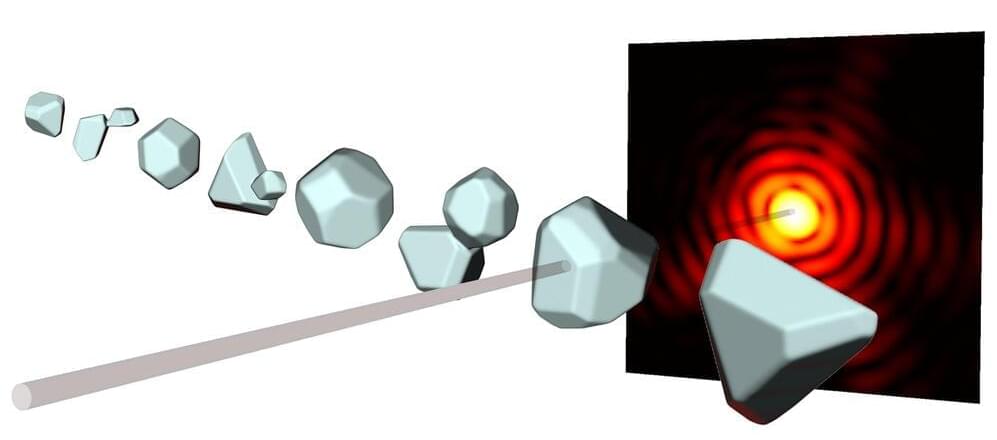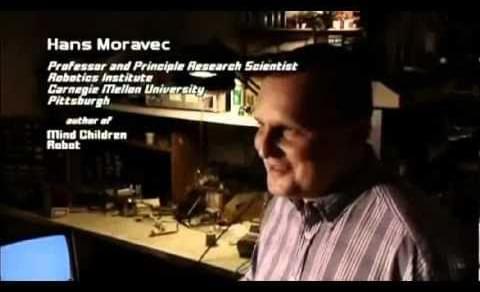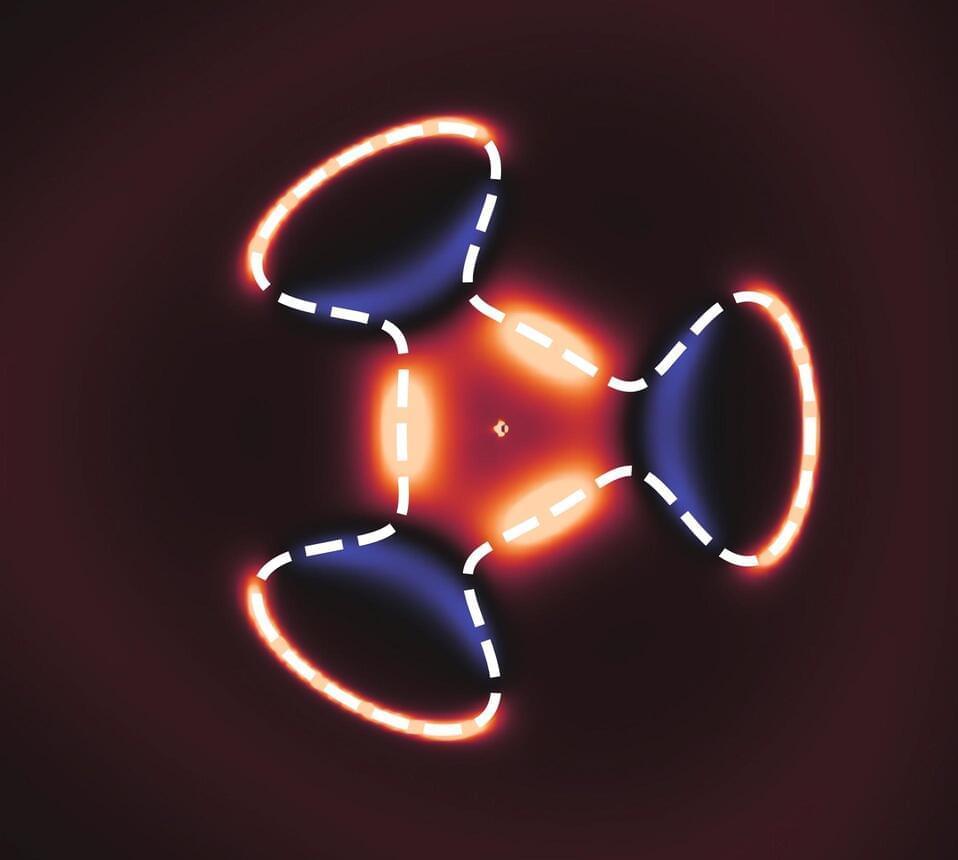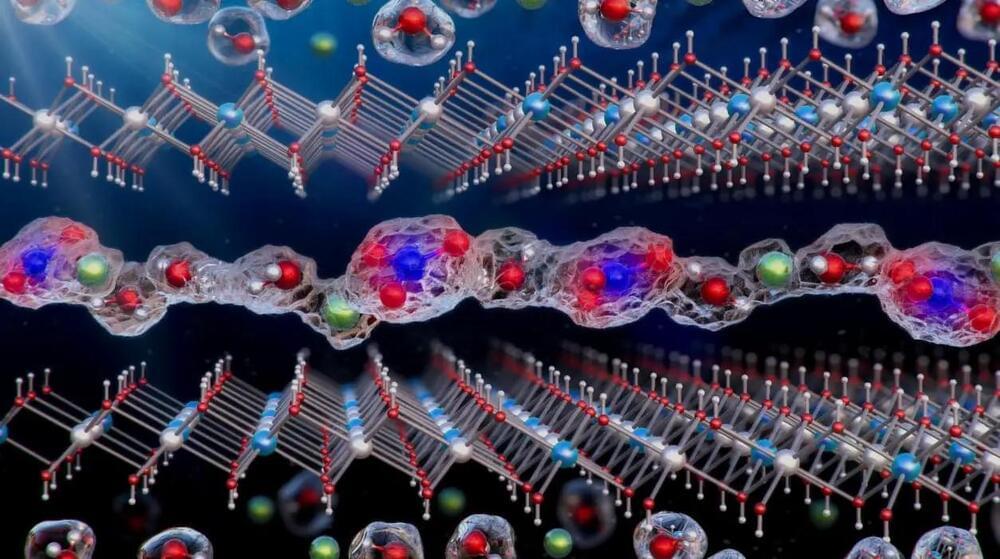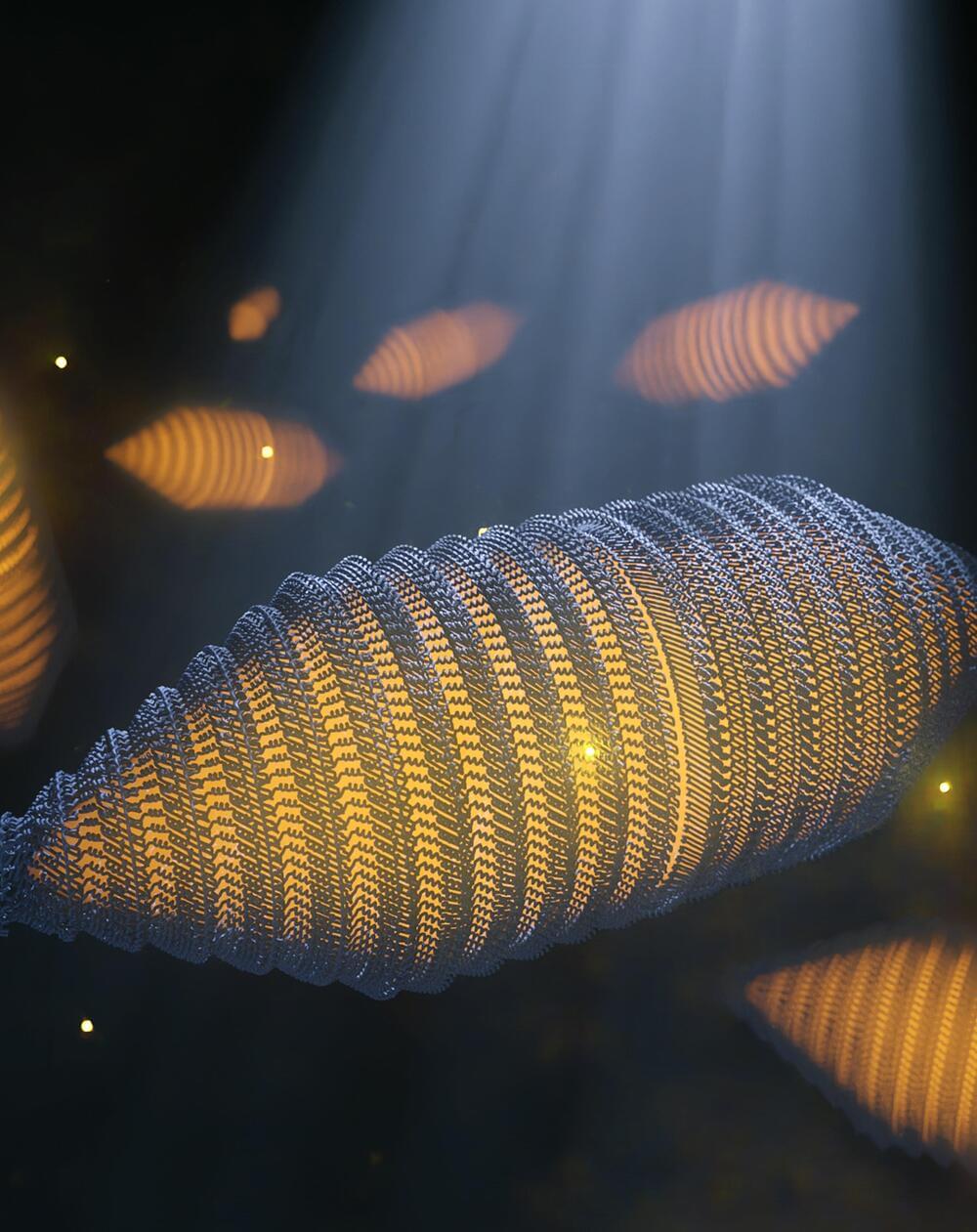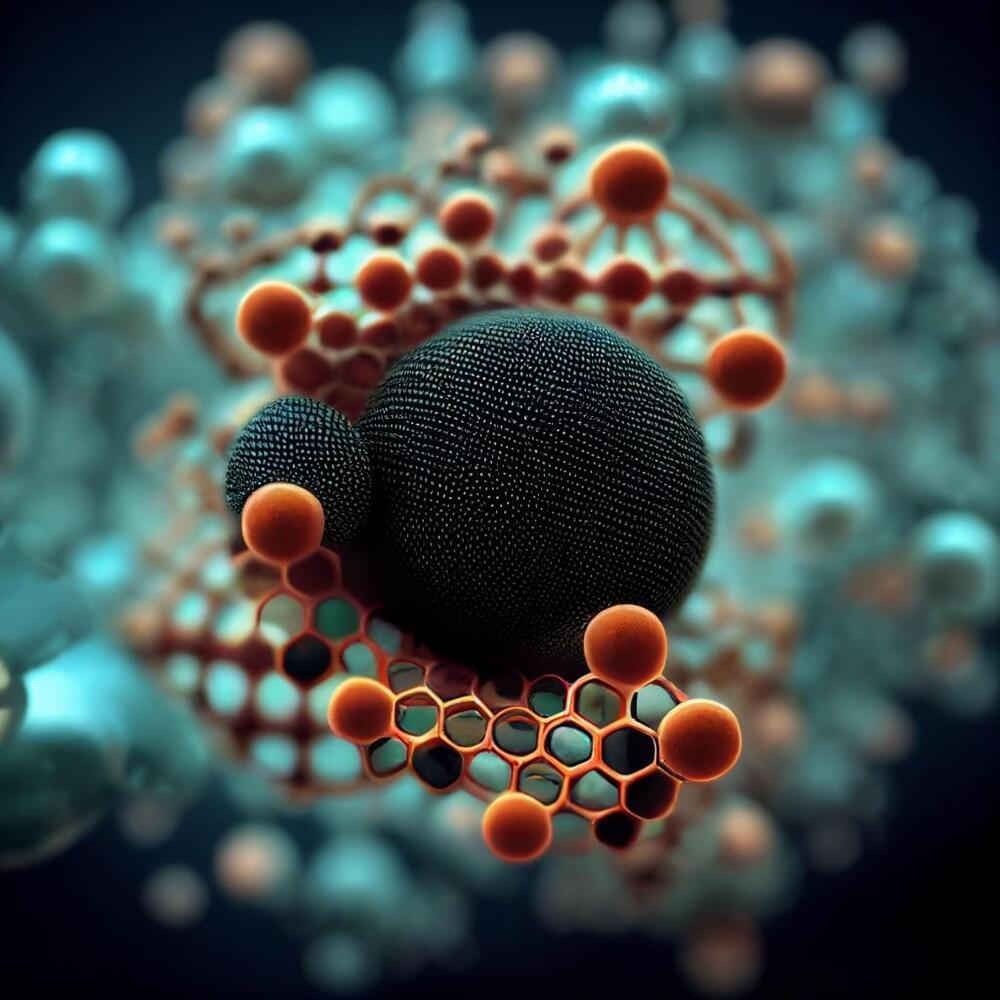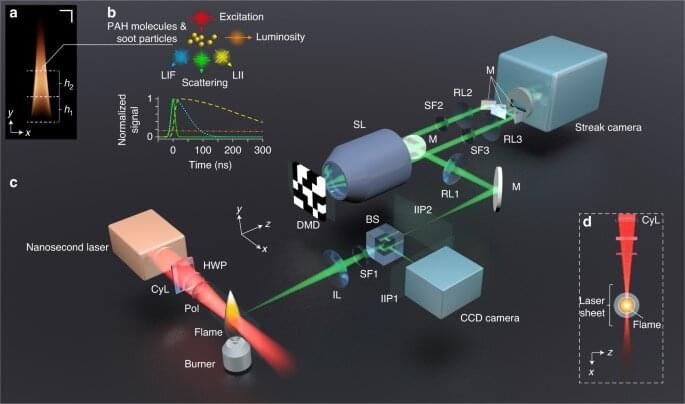High-performance, realistic computer simulations are crucially important for science and engineering, even allowing scientists to predict how individual molecules will behave.
Watch the Q&A here: https://youtu.be/aRGH5lC0pLc.
Subscribe for regular science videos: http://bit.ly/RiSubscRibe.
Scientists have always used models. Since the ancient Ptolemaic model of the universe through to renaissance astrolabes, models have mapped out the consequences of predictions. They allow scientists to explore indirectly worlds which they could never access.
Join Sir Richard Catlow as he explores how high-performance computer simulations have transformed the way scientists comprehend our world. From testing hypotheses at planetary scale to developing a personalised approach for the fight against Covid.
0.00 Intro and history of scientific modelling.
7.34 Examples of computer models in science and engineering.
16:10 Modelling molecules and materials.
20:25 Using modelling for crystallography.
28:14 Genetic algorithms for predicting crystal structures.
32:32 Lawrence Bragg and the bubble raft.
36:24 High performance computer modelling of materials.
41:18 Modelling of nanostructures and nanoparticles.
44:34 High energy density batteries.
51:04 Three challenges for modelling.
This Discourse was recorded at the Ri on 27 May 2022.

